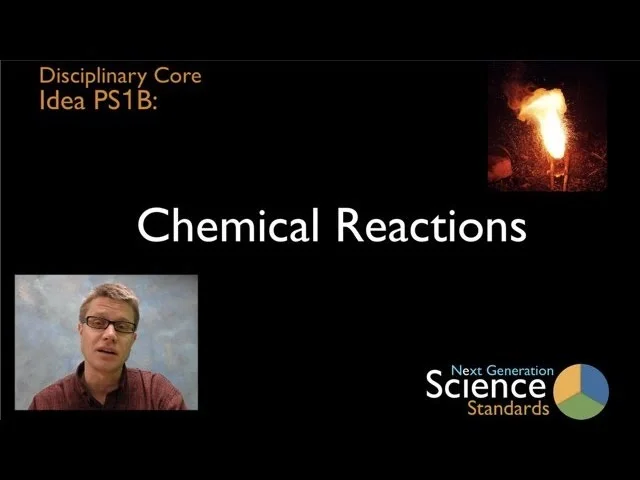PS1.B: Chemical Reactions
In this video Paul Andersen explains how chemical reactions progress as bonds are broken and reformed reformed. He explains the difference between changes in state and changes in molecules. He discussed collision theory and explains why increases in temperature and concentration can increase reaction rates. He also discusses the conservation of matter in chemical reactions. The video also contains a teaching progression for chemical reactions from grades K-12.
PS1.A: Structure and Properties of Matter
In the first physical science video for the Next Generation Science Standards Paul Andersen explains the structure and properties of matter. He starts by explaining how all matter is made of about 100 smaller particles called matter. He explains a teaching progression for introducing the topic of matter K-12. This begins with a brief introduction to substances that can be scientifically observed at many levels. This eventually builds through molecules and pure substances to the subatomic structure of atoms and the importance of binding energy.
CCC6: Structure and Function
Paul Andersen explains how the structure of objects are related to their function and vice versa. He begins with a quick quiz on bicycle construction and ends with a progression of teaching for students grades K-12. He also explains how the scale of an object will determine the function studied.
SEP8: Obtaining, Evaluating and Communicating Information
Scientists and Engineers spend over half of their working day reading, evaluating and producing text. Therefore it is important that we produce students that have a high level of scientific literacy. Students normally struggle with scientific reading due to the high level of jargon and multiple modes of presentation (i.e. graphs, images, data). We can help our students become more scientifically literate by having them consume and produce scientific text from K to 12. Several strategies for teaching this progression (e.g. adapted primary literature and mini-posters) are included.




